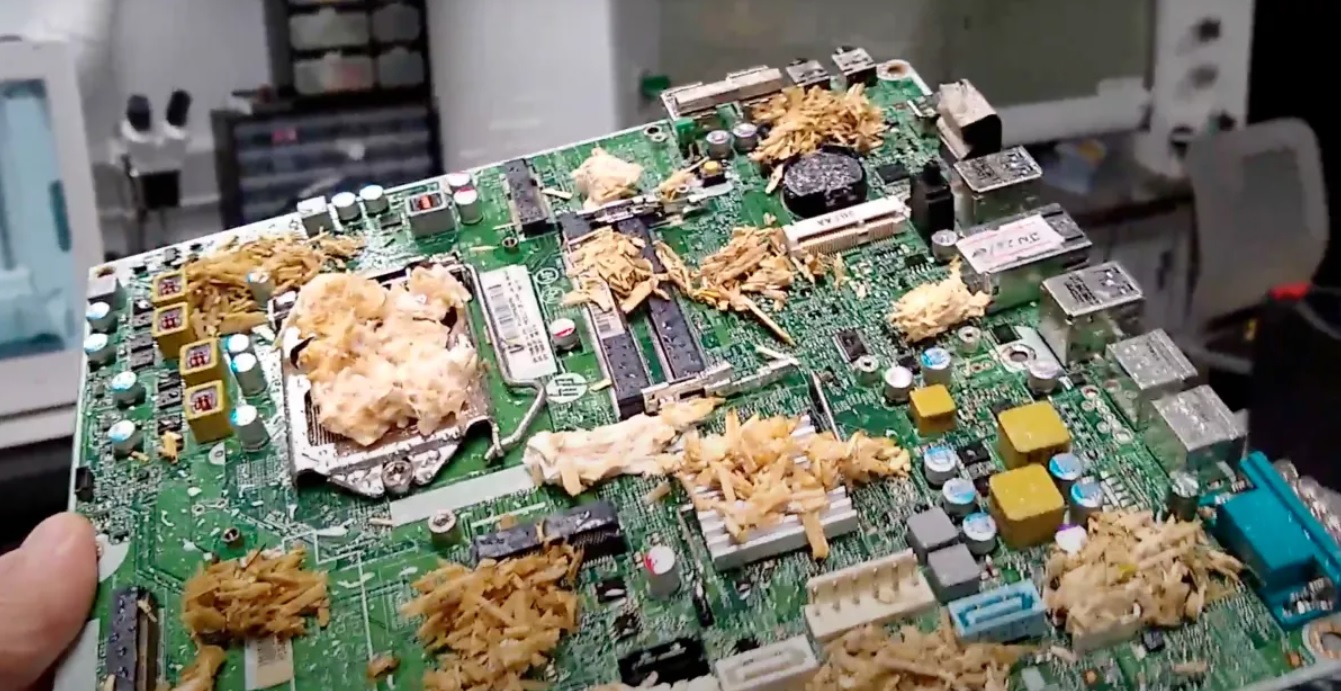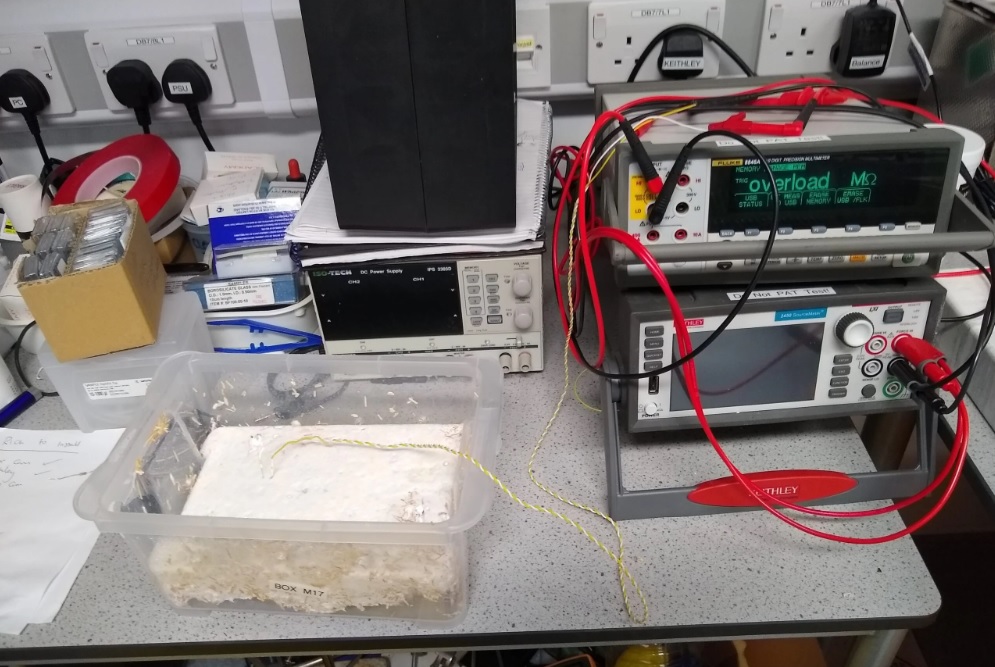"Living computers": How they use fungi to make computers work
List of contents
We get it, after reading the title of this post you may have wondered "is today April Fool's Day or something similar?" Well no, as surreal as it may seem, researchers at the University of Bristol (University of the West of England) are conducting tests with computer motherboards where fungal mycelium is used for functions of conducting electricity and memory storage.
Indeed, what might seem like a joke or, directly, science fiction, is today a reality thanks to this team of researchers; In this article, we tell you what is known so far about this new application of mushrooms in the world of technology.

The UCL, one of the most curious laboratories in the world
If you are passionate about computing in general and hardware in particular, entering a laboratory called "Unconventional Computing Laboratory" will probably make your hair stand on end. What you probably did not expect is that the same thing would happen to you if you were passionate about mycology and you liked to study spores, hyphae, mycelia, and fungi. If you are interested in both fields of study, this laboratory will directly become your private paradise.
And it is that, apart from the computer components such as motherboards or RAM memories, this laboratory has little to do, as its name indicates, with a conventional technological study center. Can you imagine a fully functional computer motherboard - where basically all the components that make it up are connected - full of fungal mycelium? Well, this is what the team led by Andrew Adamatzky is up to, making a PC work thanks to the mycelium of certain mushrooms. Incredible but true!
Wetware: software and hardware applied to living creatures
One of the possible applications that are studied in this peculiar laboratory is the so-called wetware. The term "wetware" refers to the biological components of the brain and nervous system, which are responsible for information processing and control of bodily functions. In other words, wetware is the biological equivalent of the hardware in a computer system, which includes the brain, spinal cord, nerves, and sensory organs.
The term wetware is often used in science fiction and information technology to refer to the interaction between the human brain and machines, such as the brain-computer interface (BCI) and neural implants. It is also used in the field of artificial intelligence to describe the simulation of brain activity in computer systems, such as artificial neural networks, or, as in the case that concerns us today, to apply hardware and software concepts to living creatures.
And it is that, in the same way that the neurons of your brain communicate in a certain way, these scientists have discovered that the mycelium uses a very similar system. Adamatzky's team has managed to "translate" the conventional binary language used in computing (ones and zeros) to this communication system, being able to also increase the communication rate by stimulating the mycelium at certain points and thus achieving a higher rate of conductivity.

The performance is not the same as that of a conventional computer
Despite the great advance that this discovery means, it should be noted that the performance of these "living PCs" at the moment cannot match that of a computer with a conventional CPU (central processing unit). However, they do seem to have some advantages, such as their greater "tolerance" to faults due to the ability of the mycelium to grow and evolve, as well as their ability to self-regenerate and offer better reconfigurability. In addition, its energy needs are much lower than those of a classic PC, being much more efficient in terms of consumption.
In the words of Adamatzky himself to Popular Science: "Right now it’s just feasibility studies. We’re just demonstrating that it’s possible to implement computation, and it’s possible to implement basic logical circuits and basic electronic circuits with mycelium. In the future, we can grow more advanced mycelium computers and control devices". Regarding the trial methodology, he emphasizes that “I mix mycelium cultures with hemp or with wood shavings, and then place it in closed plastic boxes and allow the mycelium to colonize the substrate, so everything then looks white. Then we insert electrodes and record the electrical activity of the mycelium. So, through the stimulation, it becomes electrical activity, and then we get the response.”
In this way, these scientists are taking advantage of the network structure formed by the hyphae of the mycelium to act as conductors and replace the electronic components of a computer. And it seems that fungi can send and receive electrical signals, as well as retain memory.
At the moment, the varieties of fungus that have been used in these tests are the oyster mushroom (Pleurotus djamor), the ghost mushroom (Omphalotus nidiformis), the Ganoderma resinaceum, the Enoki (Flammulina velutipes), the common Schizophyllum or the Cordyceps militari. Of course, we are very curious to know what would happen if Golden Teacher or Alacabenzi were used in this research!





























































